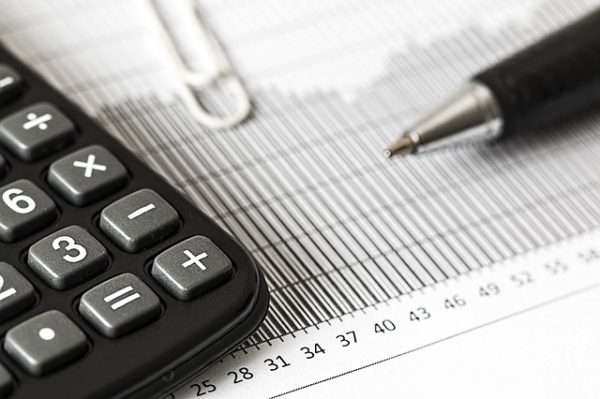Hitting a record-high of P7.3 trillion at the end of 2018, the country’s debt has posted a 9.6 percent increase from 2017, but the steady economic growth has raised the government’s capacity to pay these debts.
Accounting for the 65.5 percent of the total debt stock were those which were sourced from domestic creditors. In 2018, the government issued P4.77 trillion worth of treasury bills (T-bills), Treasury bonds (T-bonds), and retail treasury bonds (RTBs). Last year’s onshore borrowing has posted a 7.6 percent increase from 2017’s P4.44 trillion worth of domestic debts.
The remaining 34.5 percent of the country’s debt, on the other hand, were sourced from foreign creditors.

National debt
The country’s foreign debt was recorded at P 2.51 trillion in 2018, posting a double-digit increase of 13.8 percent from the previous year’s P2.21 trillion.
Last year, the Philippine government had issued US dollar-denominated bonds worth P1.3 trillion and floated P129.68 billion worth of peso global bonds. It also diversified when it issued P121.75 billion worth of Japanese yen-denominated samurai bonds, and P11.17 billion worth of Chinese yuan-denominated or panda bonds.

On a brighter note
Despite a growing debt pile, the Bureau of Treasury (BTr) has reported a decreased debt-to-gross domestic product (GDP) ratio from 42.1 percent in 2017 to 41.9 percent in 2018.
A lower debt-to-GDP ratio indicates a robust economy. International credit agencies closely monitor this particular economic indicator because it measures the capacity of a country to pay off debts
The BTr attributes the lower debt-to-GDP ratio to the prudent cash and debt management of the government and the country’s steady economic growth.
Still among the countries with the fastest economic growth rates in emerging Asia, the Philippines’ GDP grew by 6.2 percent in 2018.
Expecting a steady decline in the debt-to-GDP ratio, the government intends to borrow more to finance priority infrastructure programs and other projects.
- Due to Unfair Practices, SEC Bars Lending Firm’s Operation - December 30, 2020
- Motorists Can Use Partially Open Skyway 3, Free for a Month - December 28, 2020
- Monthly Contributions to the SSS’s Mandatory Provident Fund Starts in January 2021 - December 26, 2020





